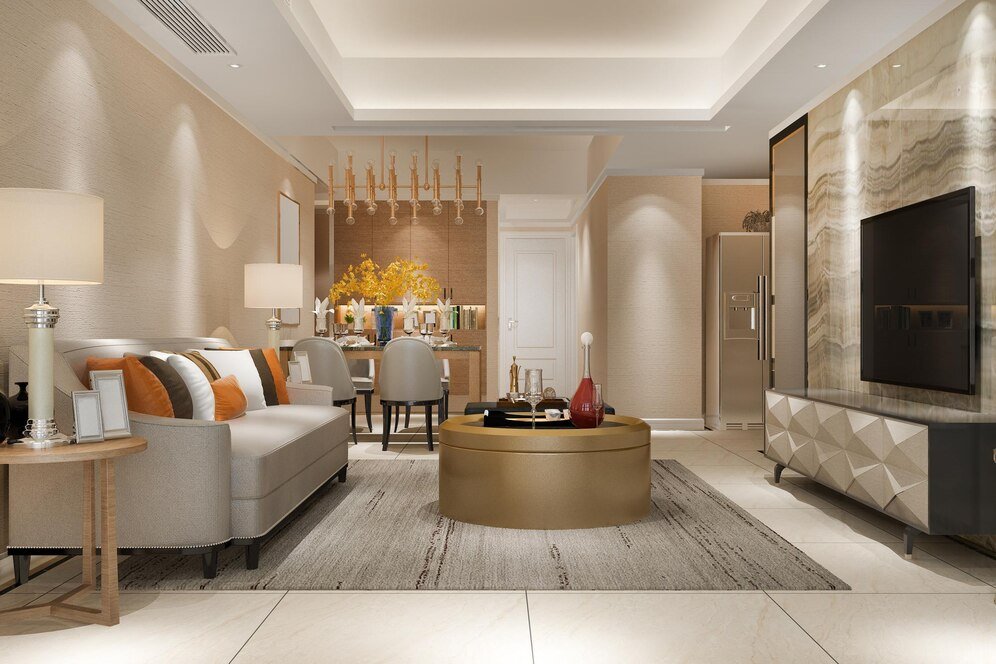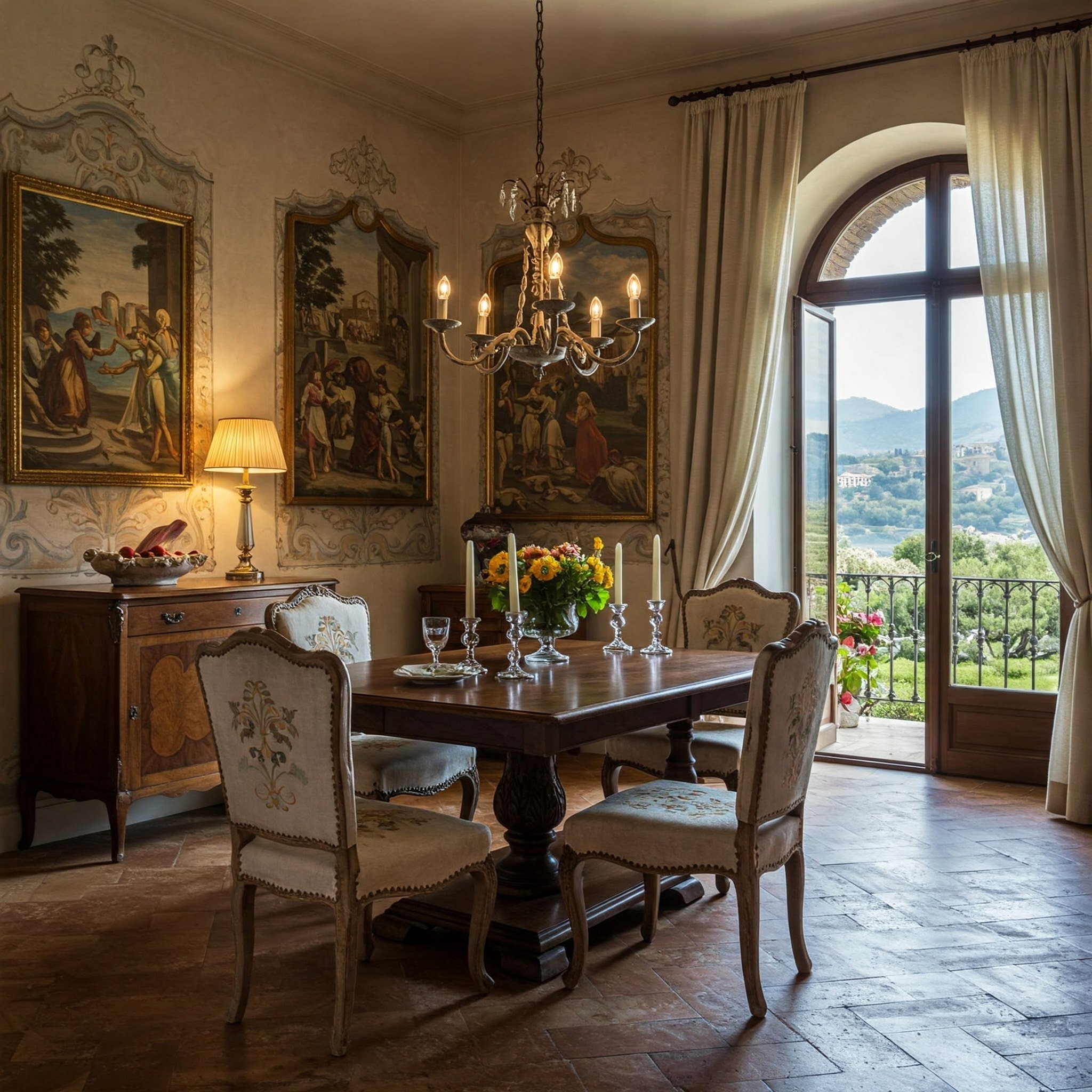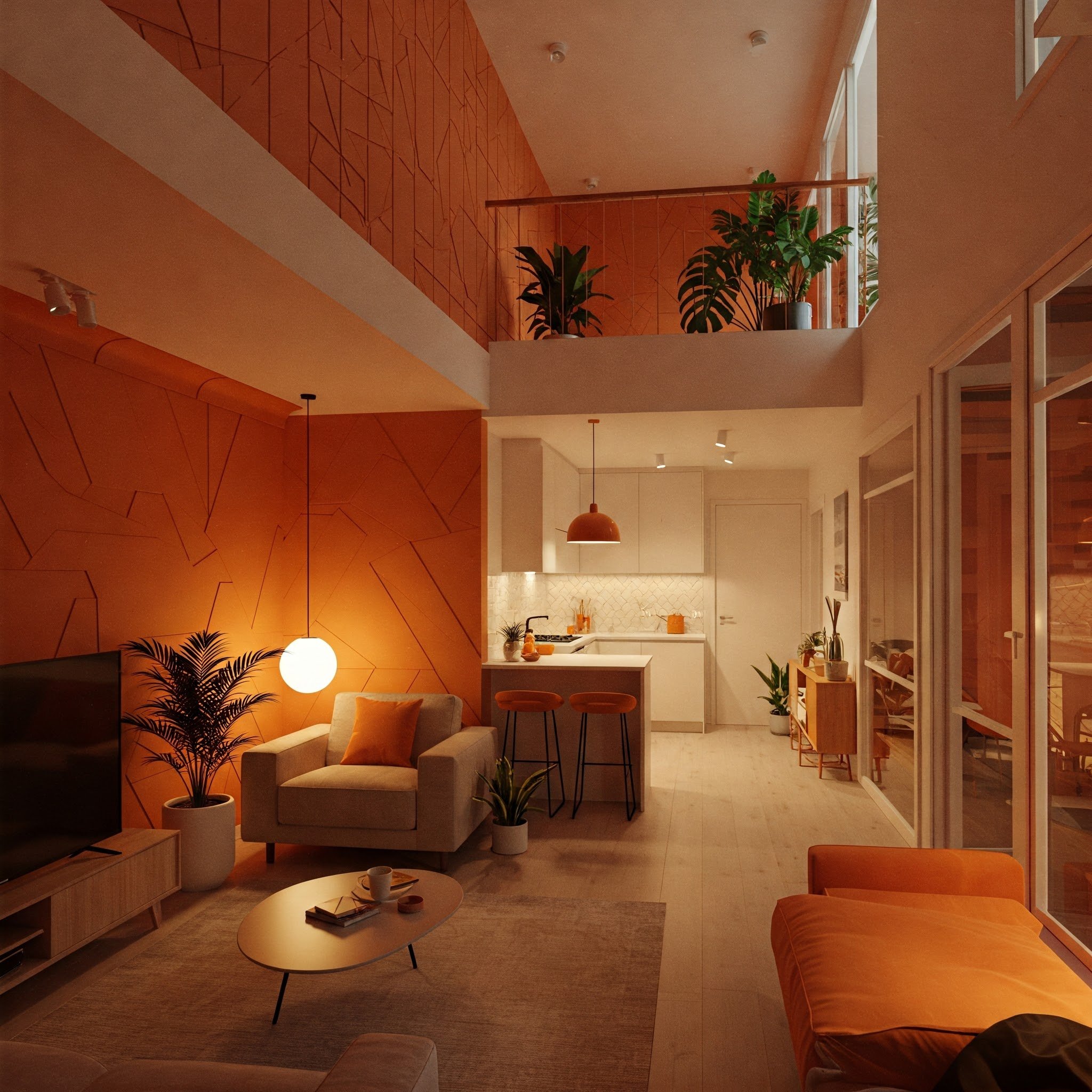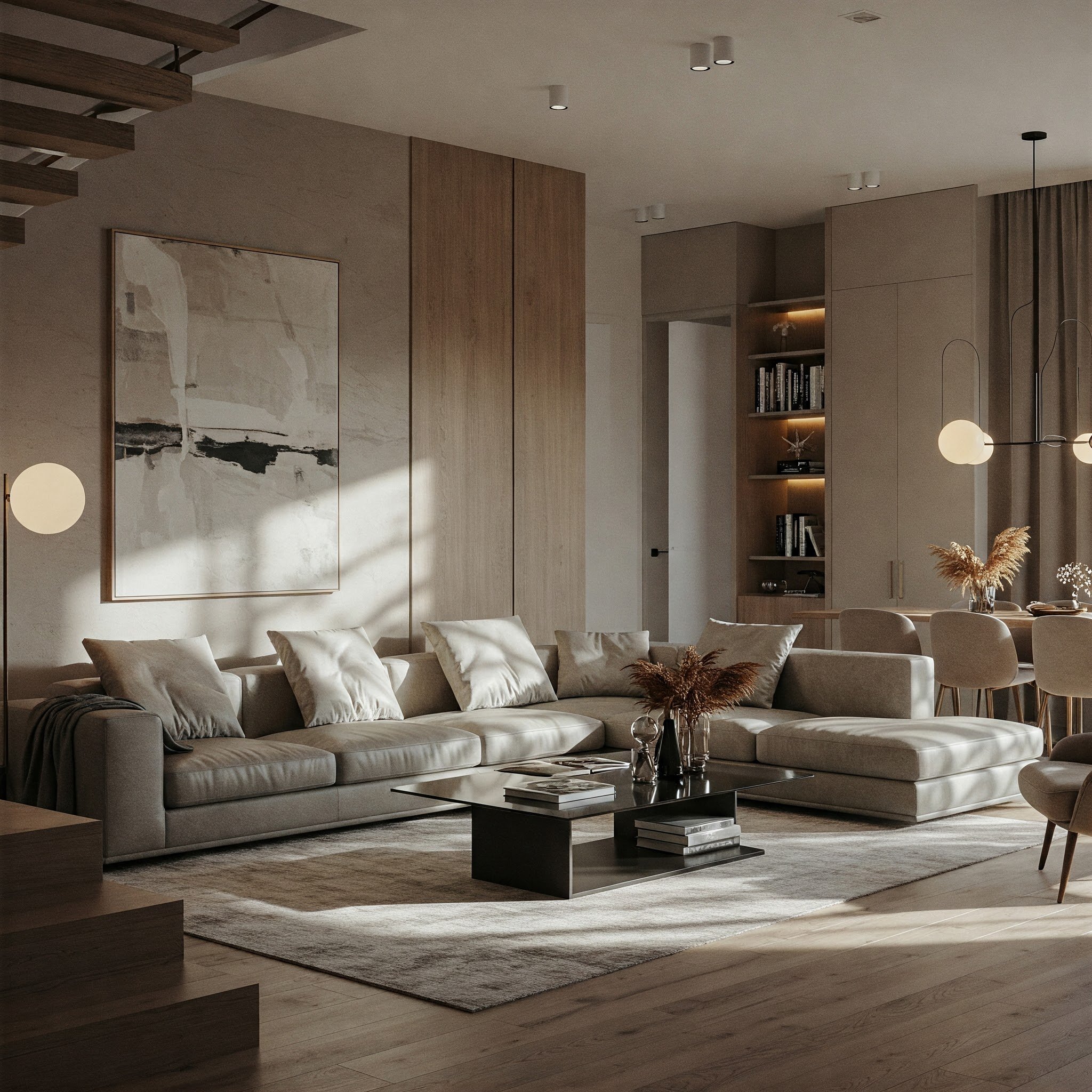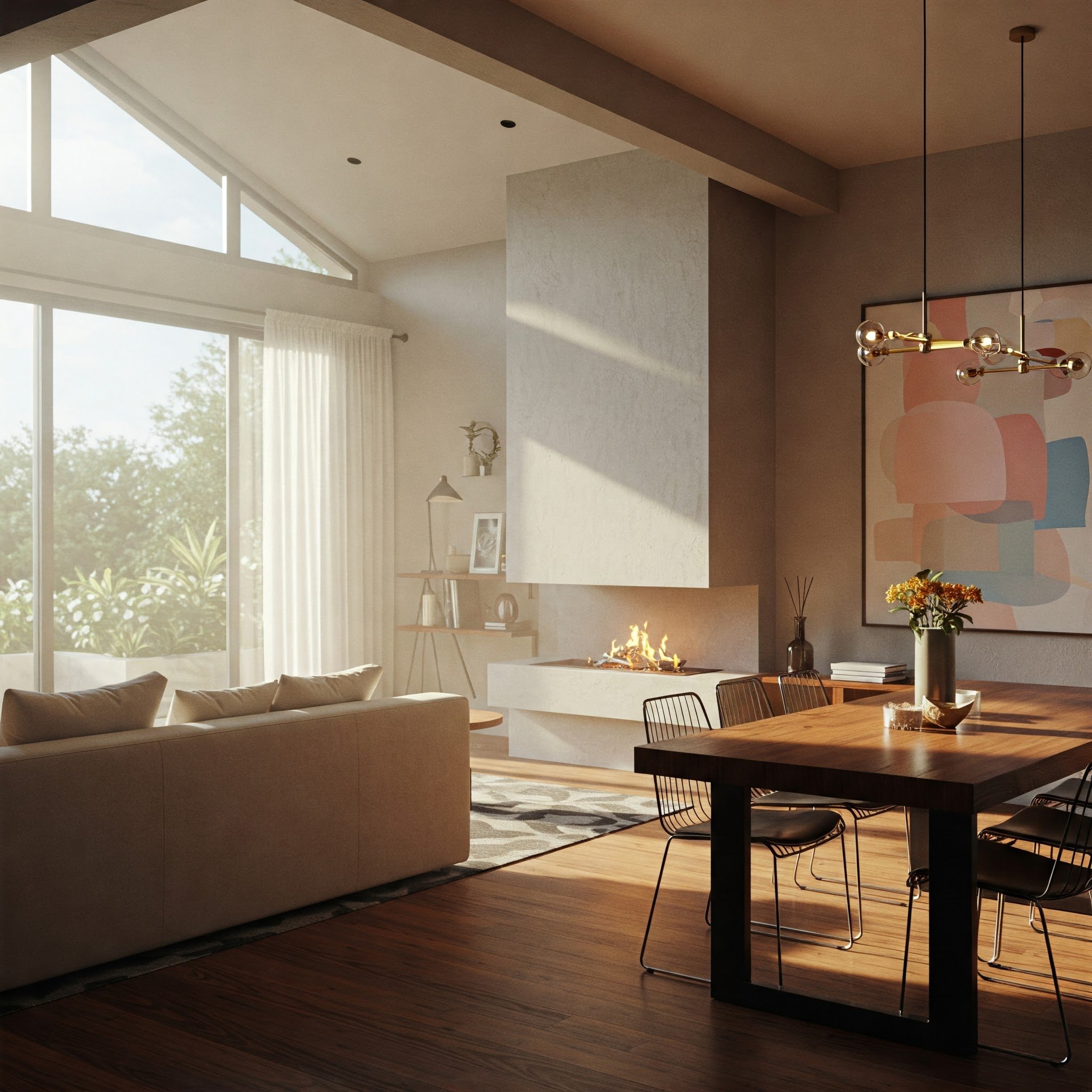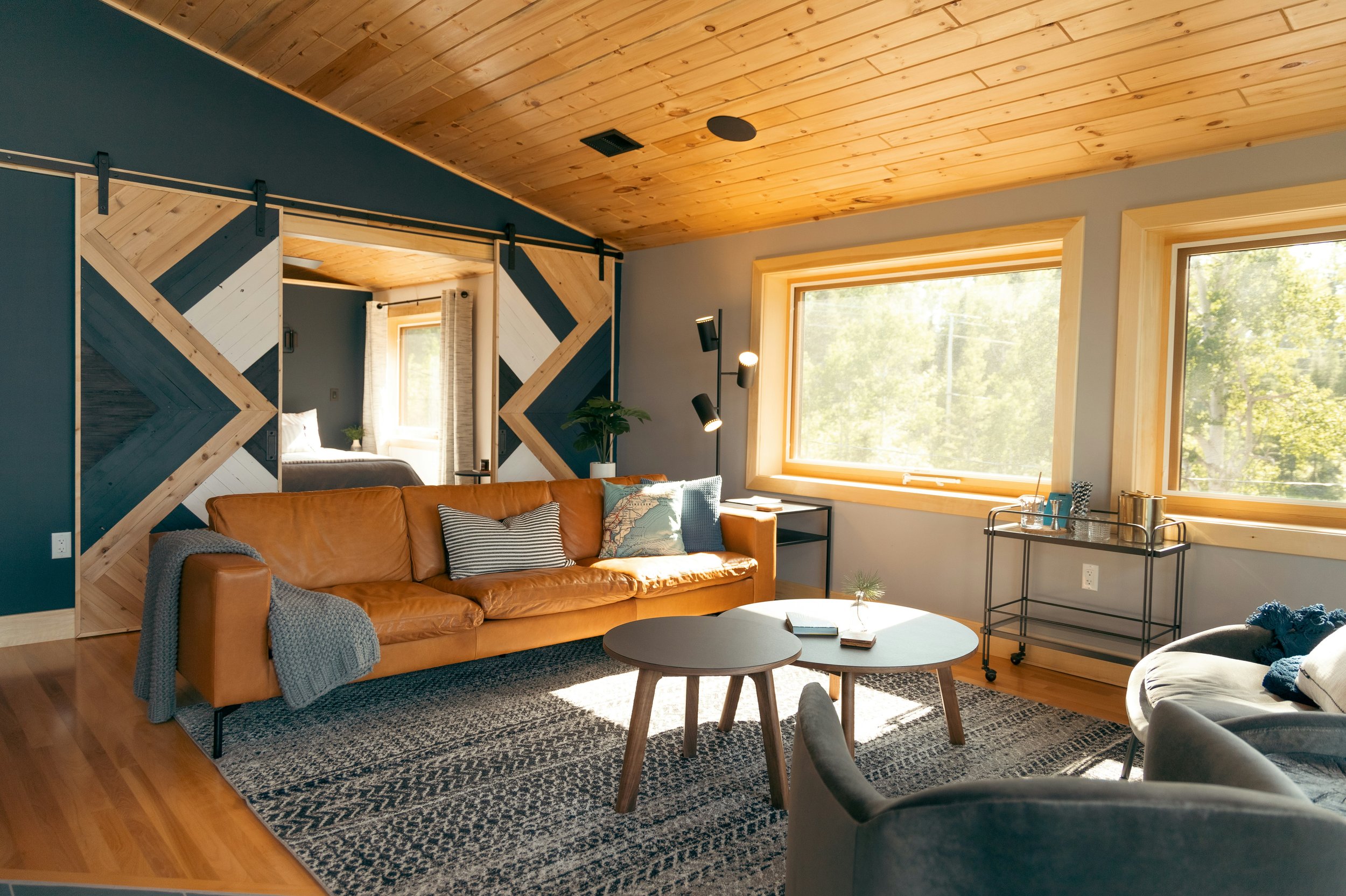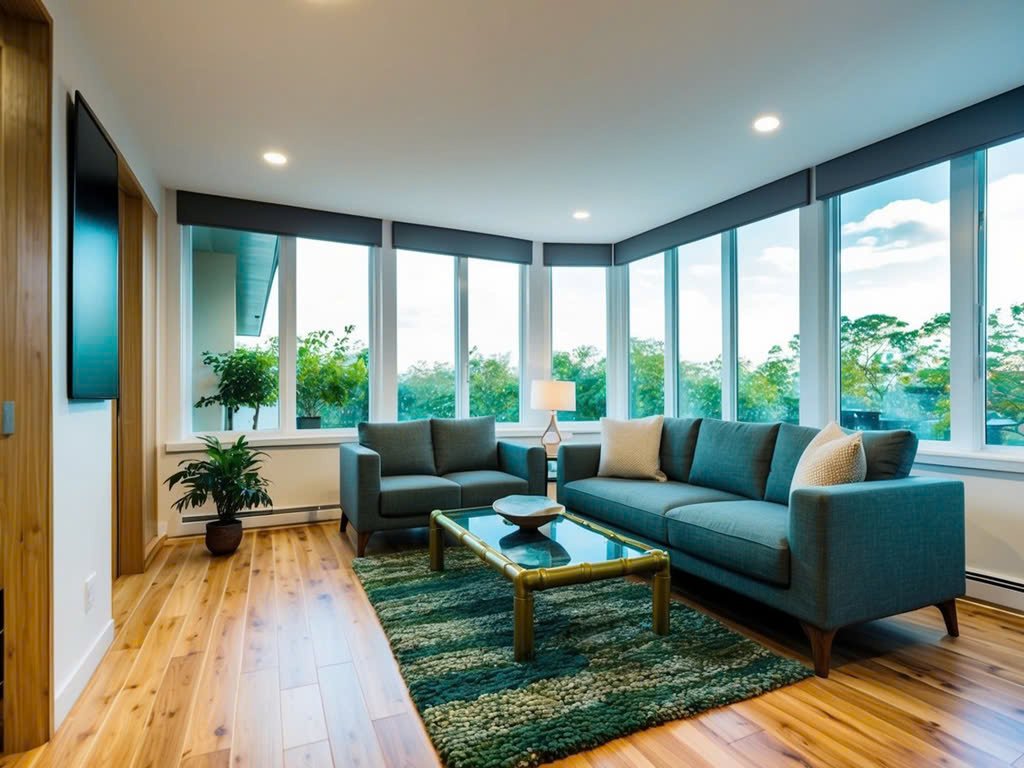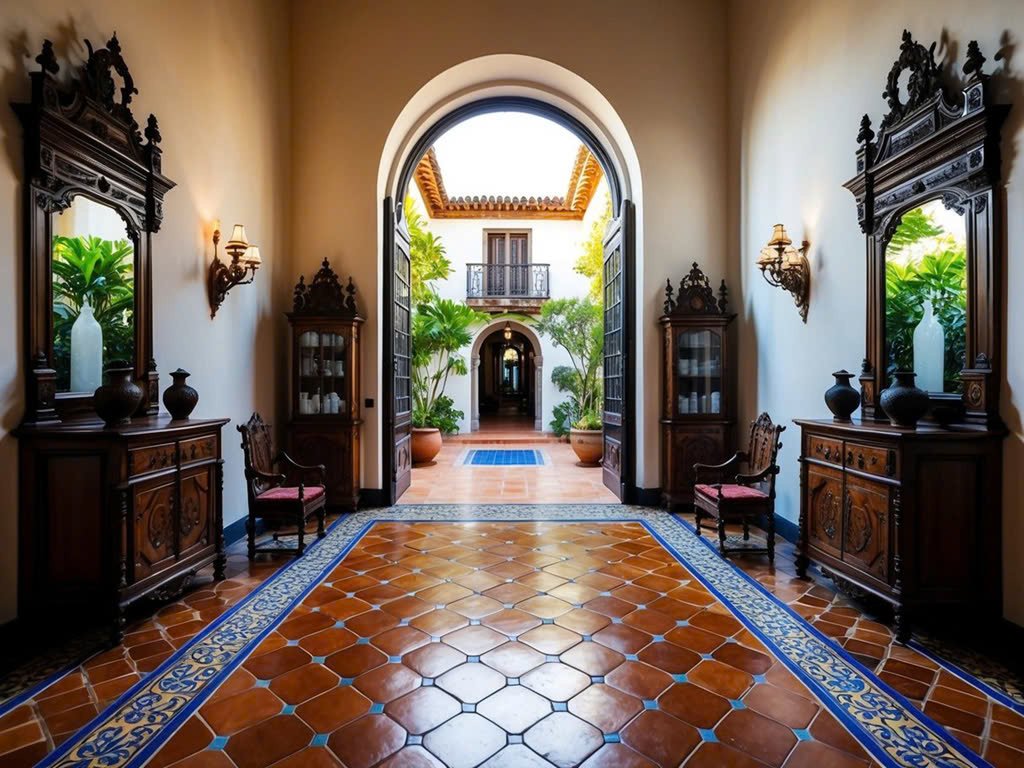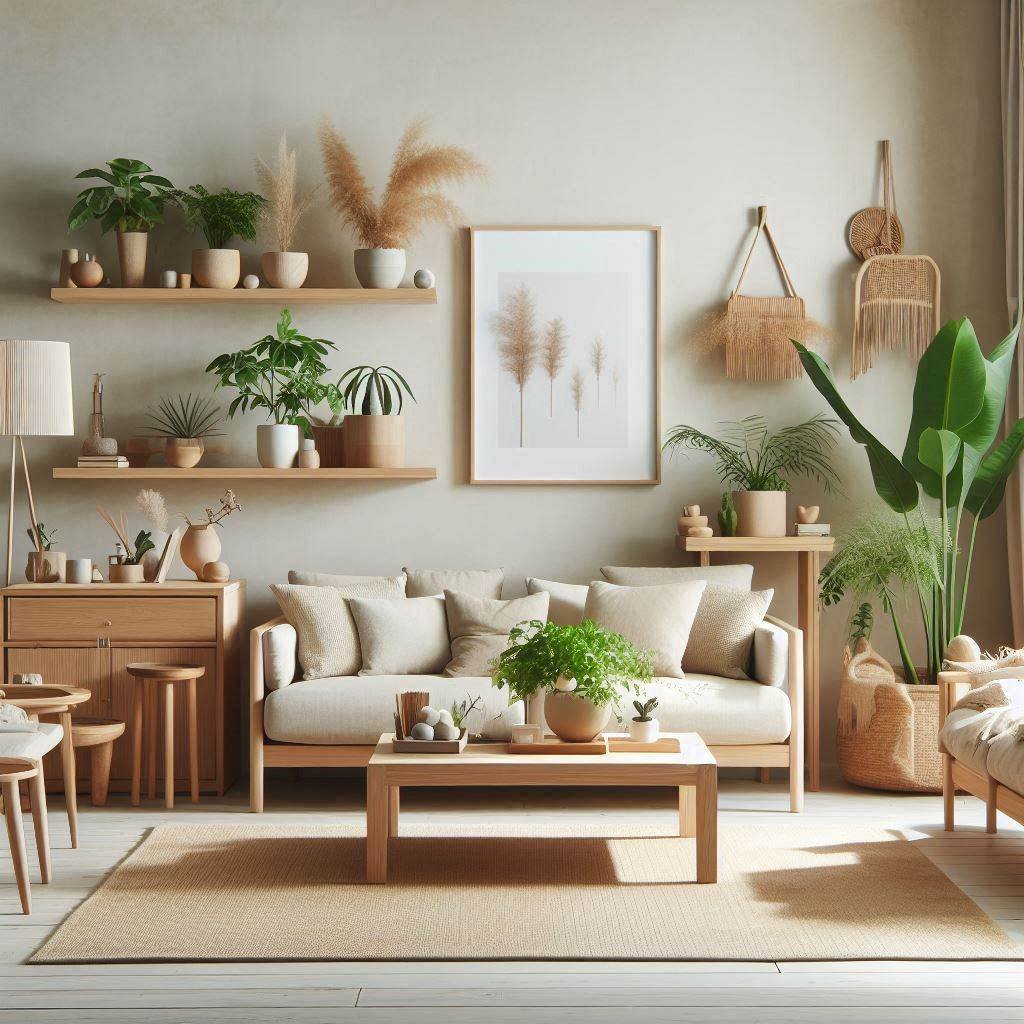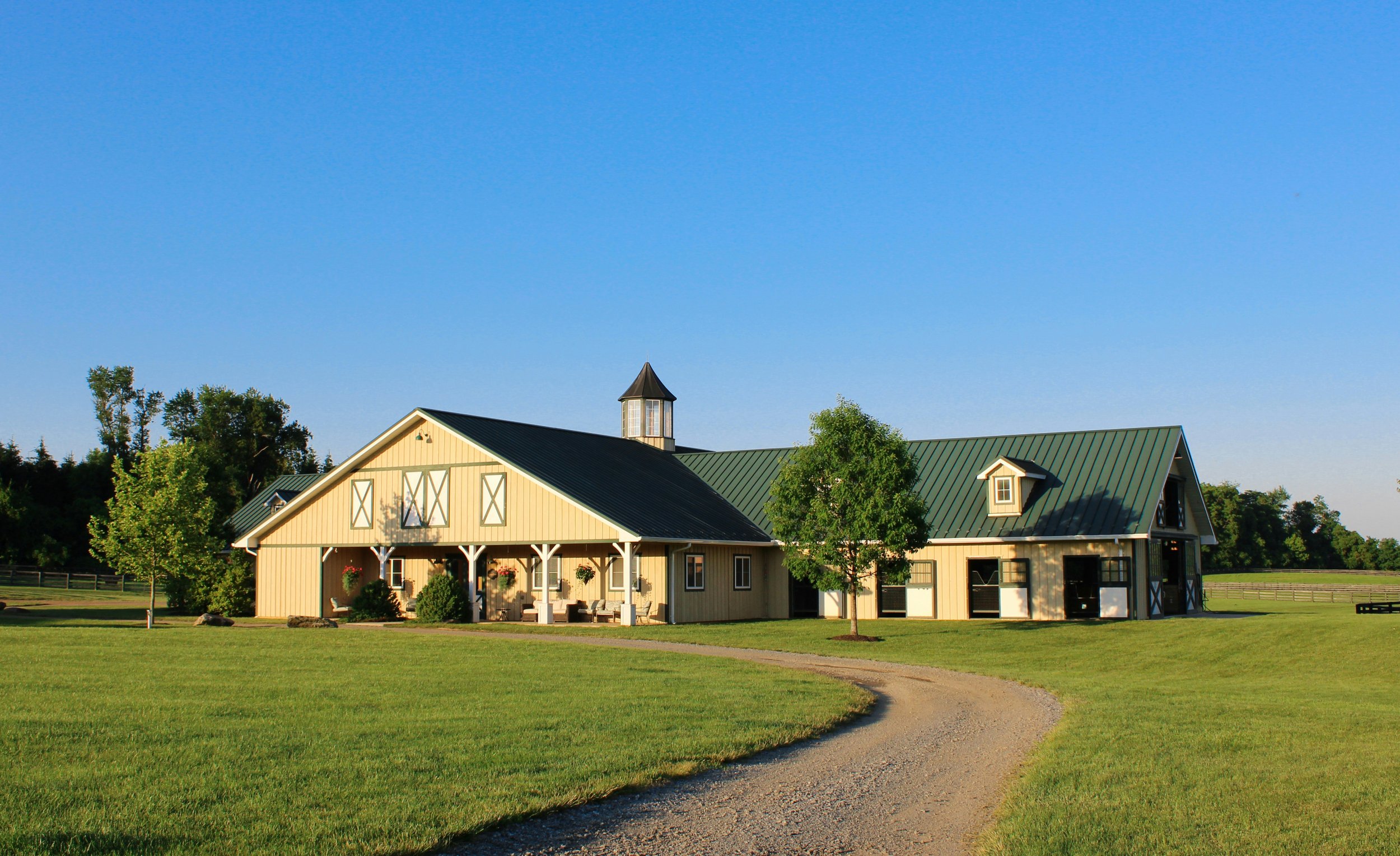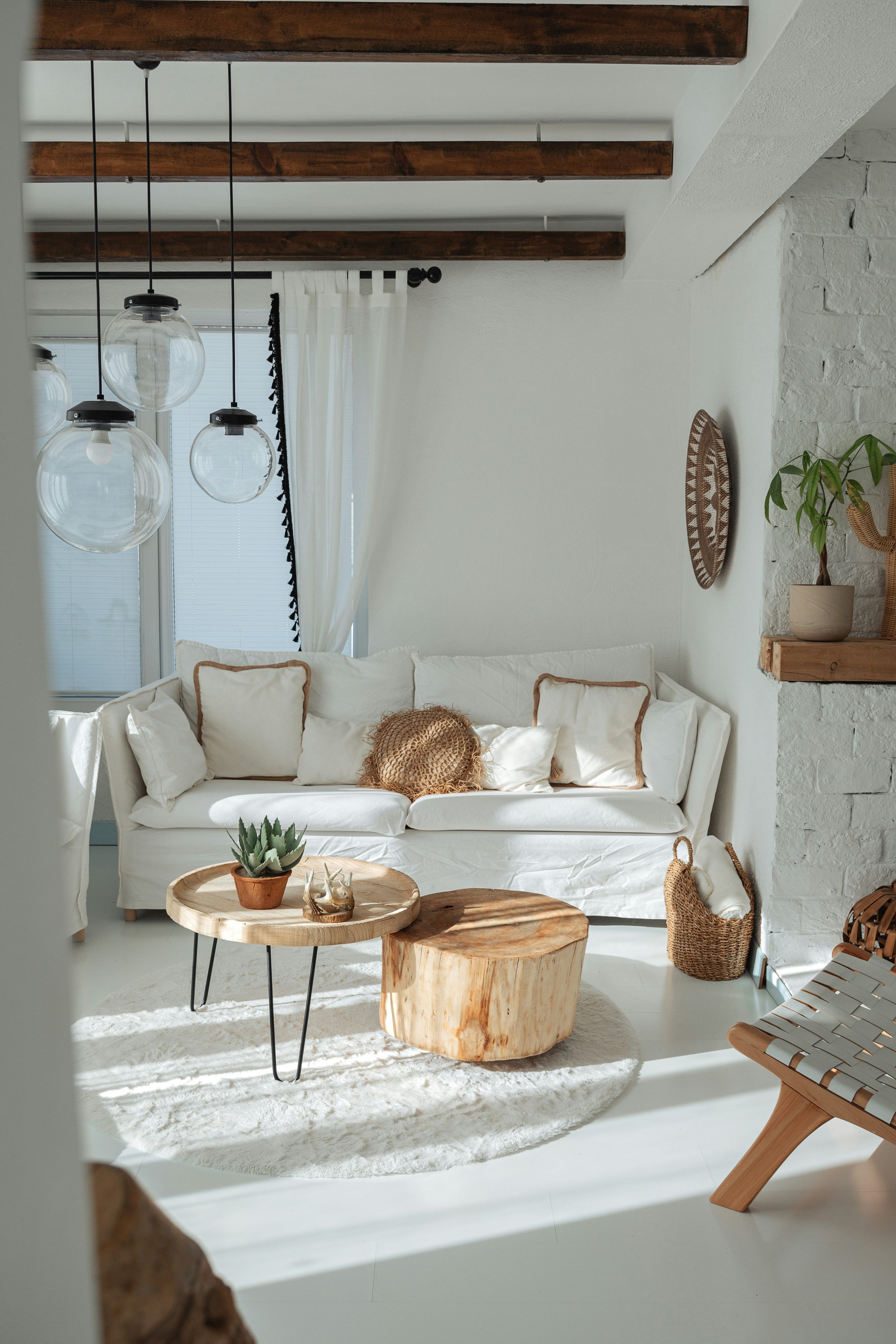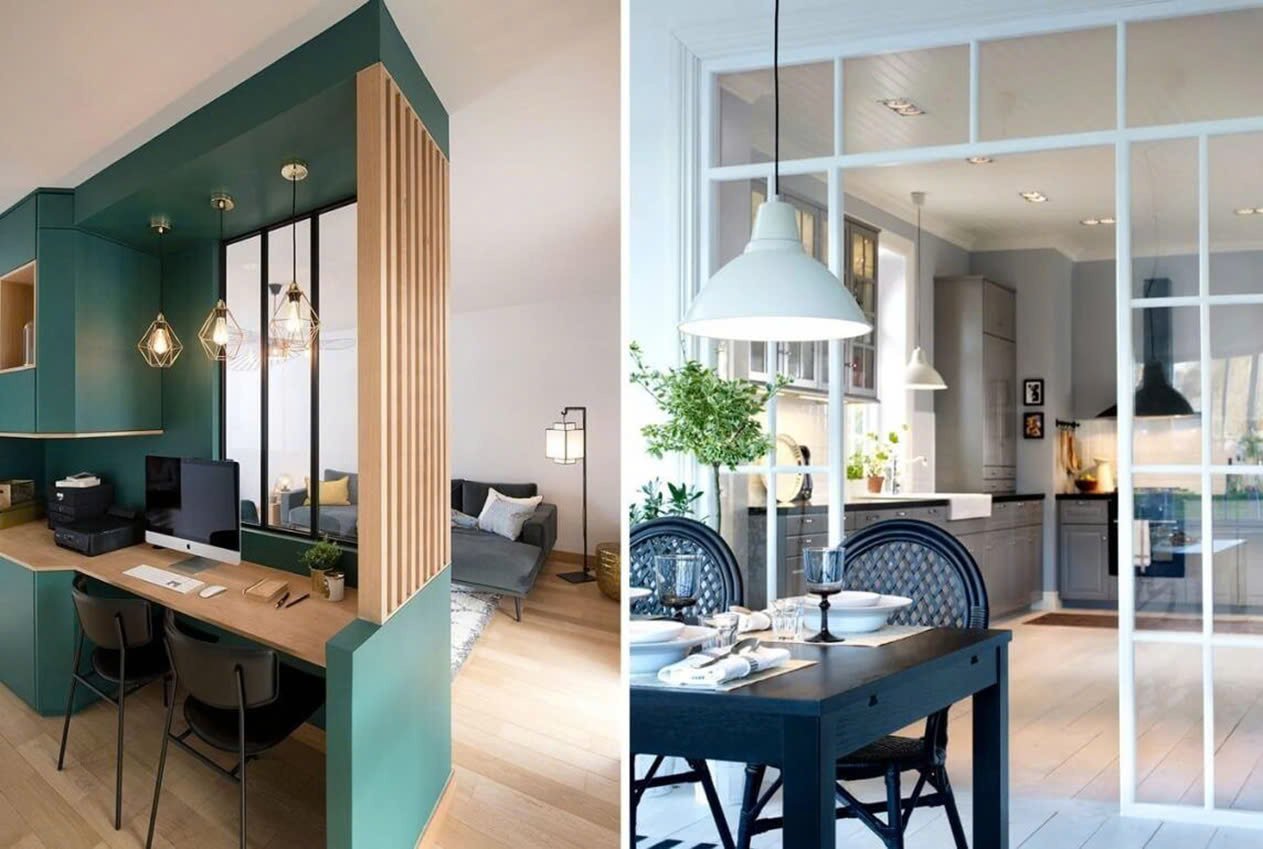6 Influential Interior Designers Shaping the Future of Home Decor
Explore the work of six influential interior designers shaping the future of home decor, offering cutting-edge styles and transformative design ideas for modern living spaces.
In an industry where innovation and novelty is valued, the influence of the past cannot be overstated. This balance of innovation and inspiration has not only helped define interior design as a whole, but also specific styles such as eclectic, transitional and modern-retro.
From a professional standpoint, learning about aesthetic innovations in a historical context can help to shape current designs, both in terms of what can be improved on as well as what stood the test of time, while even those with a passing interest can have fun spotting the difference between an Eames and an Eldøy.
Whether you have your sights set on a career in interior design (for which the American International University currently runs a comprehensive Bachelors course), or simply a passion for beautiful spaces, this shortlist of influential designers is sure to inspire.
Elsie De Wolfe
Drawing from her early career in theater and a love for French couture, Elsie de Wolfe revolutionized interior design with her sophisticated yet modern approach. In stark contrast to the dark, ornate Victorian style, de Wolfe introduced spaces filled with light, elegance, and a sense of whimsy. Her designs embraced lighter colors, clean lines, and airy spaces, providing a fresh alternative to the heavy, over-embellished rooms of the past. Her work marked a pivotal shift in design, infusing homes with a more casual and livable feel while maintaining a sense of luxury. De Wolfe’s influence helped to reshape the world of interior design, introducing a timeless charm that continues to inspire today.
If you are wondering how to choose an interior designer, Elsie De Wolfe's work is a noteworthy benchmark. By studying how her design ideas balance beauty and practicality, you can select an interior designer whose creativity and precision match your goals.
David Hicks
Like Elsie de Wolfe, British-born designer David Hicks also rebelled against the dreary, cluttered interiors of his time, particularly in old English homes. Hicks brought a fresh, transformative approach to interior design, combining eclectic styles with bold and unexpected pairings of color and pattern. His fearless use of geometric shapes, vibrant hues, and modern elements in traditional settings set him apart and earned him an esteemed reputation. Hicks’ innovative designs attracted an impressive clientele, including members of the British Royal Family, making him one of the most influential figures in 20th-century interior design. His work continues to inspire designers today, blending classic elegance with a striking modern edge.
Albert Hadley
Hadley’s approach to design was centered on achieving a harmonious balance between glamour and practicality, seamlessly blending modern and traditional elements. In 1962, she teamed up with Sister Parish, another prominent designer renowned for her role in defining American country “chintz.” This collaboration propelled Hadley into the limelight, allowing her to create stunning interiors for a range of affluent and influential clients, including the Kennedys, Rockefellers, Gettys, Astors, and Mellons. Her work is characterized by its thoughtful integration of sophisticated design with livability, showcasing a unique ability to transform spaces into elegant yet functional environments. Hadley's legacy in the design world remains significant, influencing contemporary designers who strive to achieve a similar balance in their projects.
Phillipe Starck
French designer Phillipe Starck made his name in 1982 following the design of private rooms at the Élysée Palace for former French President, François Mitterand. Throughout his career, Starck completed no less than 10,000 projects, ranging from the design of commercial spaces to furniture design, most notably the sleek “bucket” style chairs for Café Costes in Paris.
Billy Baldwin
While he rejected the term “interior designer” (preferring instead to be referred to as a “decorator”), Billy Baldwin’s effect on the world of interiors was undeniable. Drawing direct parallels between the world of fashion and interior design, Baldwin focussed on the architecture of the space as a key foundational aspect to be “dressed” in his own inimitable style, using rich, moody color and patterned upholstery.
Dorothy Draper
The cheerful, practical advice found in Draper’s 1939 book Decorating Is Fun rings true today. Draper’s emphasis on creating a space that felt at once like a sanctuary and a form of self-expression came to define both the design of that era and the decades that followed. Her “modern baroque” style can still be spotted in many notable buildings, including the MOMA cafeteria.
Jean-Michel Frank
Having fled Nazi-occupied France around 1940, Jean-Michel Frank, a cousin of the young diarist Anne Frank, made a significant mark on the world of interior design during his brief yet impactful career. He worked throughout South America and the United States, where his innovative approach combined sleek minimalist elements with touches of maximalist opulence. Frank's unique style redefined luxurious interiors, characterized by a careful balance of simplicity and richness that resonated with many. Unfortunately, his life ended tragically in 1941 due to death by suicide, but his legacy endures. Frank's influence continues to inspire contemporary designers, blending modernist principles with a sense of elegance and sophistication that remains relevant in today’s design landscape.

